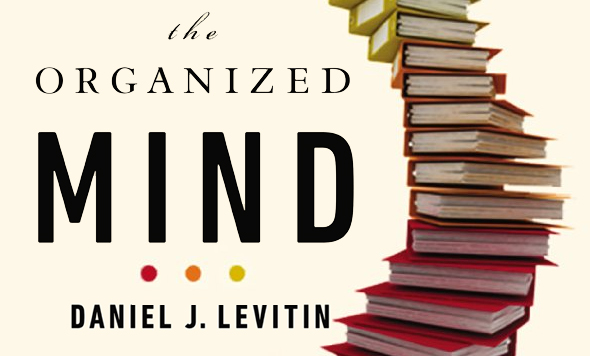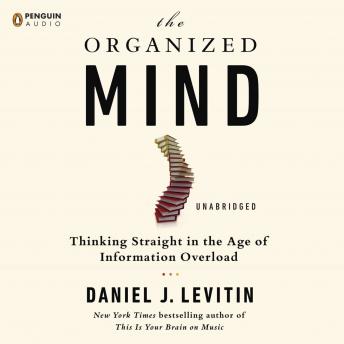

The information age now buries us in data coming at us from every which way. Uni-tasking is getting harder and harder to do.

Image credit: okofrancisco (DeviantArt CC BY-SA) Attention is a limited-capacity resource. To pay attention to one thing means that we don’t pay attention to something else. Once on a task, our brains function best if we stick to it. We can’t truly think about or attend to all these things at once, so our brains flit from one to the other, each time with a neurobiological cost. We talk on the phone while we’re driving, listening to the radio, looking for a parking place, mentally planning our mom’s birthday party, trying to avoid the road construction signs, and thinking about what’s for lunch. Multitasking is the enemy of a focused attentional system. Increasingly, we demand that our attentional system try to focus on several things at once. This attentional system is one of the crowning achievements of the human brain, and the focus it enables allowed us to harness fire, build the pyramids, discover penicillin and decode the entire human genome.īut a funny thing happened on the way to the twenty-first century: The plethora of information and the technologies that serve our brain changed the way we use it. This filter, discovered by British scientists Neville Moray, Donald Broadbent and Anne Treisman in the 1960s, is what captures your attention when you hear someone mention your name in a crowded room it monitors input in order to deliver some events to consciousness and ignore others.

In parallel, an attentional filter evolved to help us to stay on task, letting through only information that was important enough to deserve disrupting our train of thought. This enabled our ancestors to hunt animals, to create and fashion tools, and to protect their clan from predators or invading neighbours. The human brain evolved to focus on one thing at a time. Daniel Levitin reviews the cognitive neuroscience of attention and memory, presents the differences between mind-wandering mode and task-focused mode and offers advice for how to boost creativity and limit exhausting brain-shifting distractions.

The information age is drowning us in a deluge of data, and it is becoming increasingly difficult to separate facts from pseudo-facts, objective from biased sources, and at the same time, we’re all being asked to do more at home and at work.


 0 kommentar(er)
0 kommentar(er)
